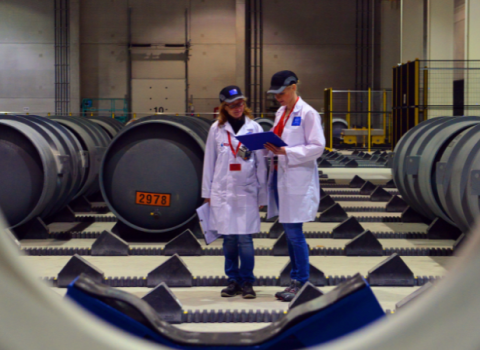
The stove cuts down on smoke and toxic emissions that are claimed to cause 1.6 million deaths a year. It also burns more efficiently reducing the amount of wood needed, and does not depend on any non-renewable energy sources.
Philips claims the stove could benefit up to 300 million families in the world’s poorest regions.
When properly used the woodstove reduces fuel consumption by up to 80% compared with traditional, three stone fires. Apart from faster and more convenient cooking, this saves the cost and time needed to gather fuel, and should also slow deforestation.
Efficient burning and high combustion temperatures also reduce the amount of indoor air pollution. The Philips woodstove reduces pollution due to smoke up to 90%, and organic volatile emissions up to 99% of the level of traditional cooking fires.
“The World Health Organization has identified indoor air pollution as a major risk to the health of women and children in the world’s poorest countries,” explains Rick Harwig, Chief Executive Officer of Philips Research. “It was this that first prompted us to investigate sophisticated, sustainable technology that was affordable and practicable for a great many of the world’s less developed countries.”
The key to the stove’s advantages is an electronically controlled fan that forces air through the stove, leading to higher temperatures and a better fuel to air ratio. This results in cleaner burning and more efficient use of fuel.
The fan is powered by a thermoelectric generator that uses heat from the burning wood to generate electricity. This generator can also be used to power other appliances such as like radios or lights.
The stove is optimised for low thermal mass and good insulation so that it takes less energy to heat up, cuts the time taken to reach cooking temperature, and reduces heat loss to the surroundings.
In 2005 Philips ran field tests in various parts of India, and the positive reaction from people using the stove lead to the decision to set up a commercial pilot in India later this year.





 A unique international forum for public research organisations and companies to connect their external engagement with strategic interests around their R&D system.
A unique international forum for public research organisations and companies to connect their external engagement with strategic interests around their R&D system.